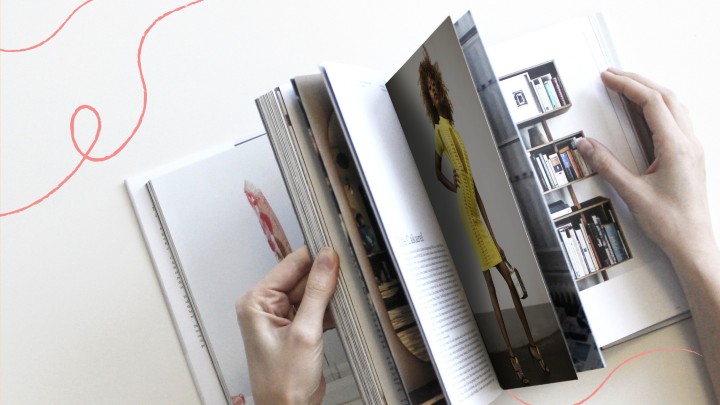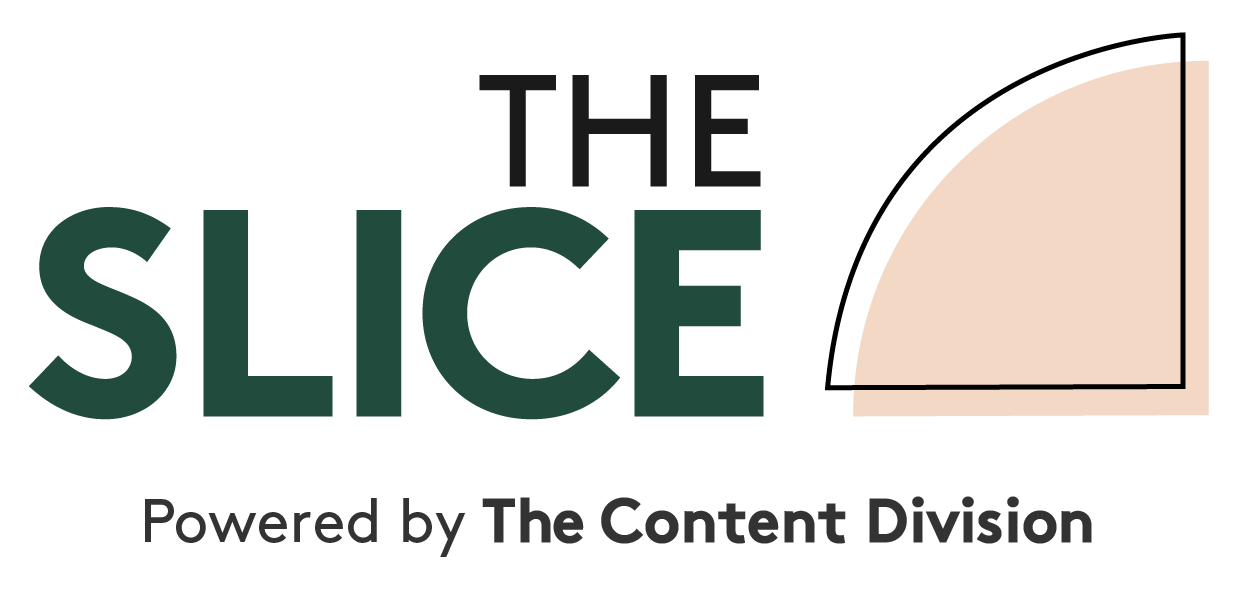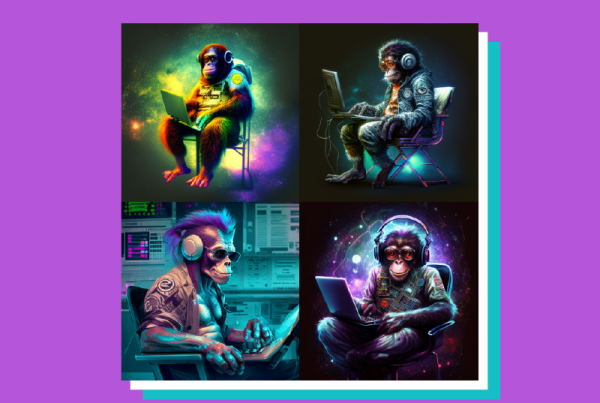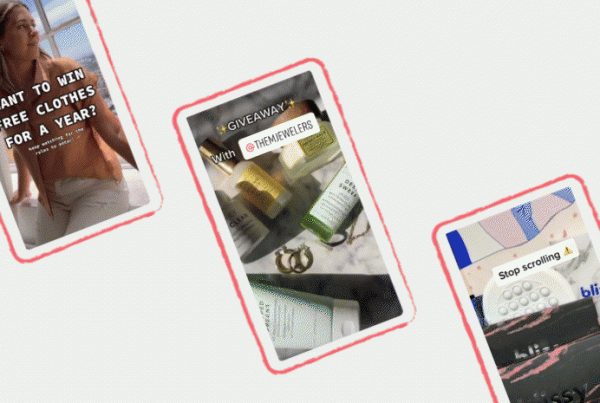
Australia’s fashion magazines have (pretty much) ceased printing. In the past month ELLE Australia, Harper’s Bazaar and InStyle have all suspended publication. It was a moment that was coming for ten years. Covid 19 just sped it up. Valuable media brands have been squandered by organisations that just couldn’t innovate. The Australian women’s media backers – Bauer and Pacific – never produced a must-read newsletter (see The Skimm), a must-listen podcast (see The High Low) or a must-watch YouTube channel (see Bon Appetit test kitchen).
So who left magazines first: the readers or the culture creators? The women who once bought fashion magazines now scroll Instagram and Pinterest for style inspiration. The creatives (writers, photographers, stylists) who made the product that people wanted to buy have been pushed out by thinner and sometimes nonexistent pay rates and why would you, when you can become your own media brand? These days magazines are filled with cut-price, syndicated content that has often already been shared and dissected online and rarely leads the national conversation.
With magazines no longer a part of a commuter routine or a lunch break habit, it leaves advertisers without an audience. Print publications always struggled with measurement, unlike the efficiency of Facebook targeting, the draw of Google Adwords or the offer code of a podcast (use CallYourGirlfriend at checkout for your Squarespace website). It’s hard to convince a brand manager to part with money that could be spent driving clicks and providing insights.
I would argue Australian women still want the kind of relevant content they used to find in style magazines. So where did the conversation go? Blogs, Twitter, Pinterest and… podcasts! Women who once wrote for magazines have found new audiences through Spotify. For the Gen X crowd there’s Playing Devil’s Avocado where booze and menopause are currency. Millennials have an earful of local style delights: Alison Rice’s The Offline, After Work Drinks from two ELLE magazine writers, and Highly Enthused from two women named Sophie or the short-lived Three Dumplings podcast from the perspective of three Asian women – Hannah-Rose Yee, Peony Lim and Kit Lee – in the fashion-media world.
The challenge for advertisers and publicists is how to connect with these new content hubs. Podcast streaming platforms like Whooshka allow targeting right down to the postcode. Spotify is about to launch a self-service ad platform for brands and podcasters. Publicists send emails to the same women who once worked for Bauer and Pacific but now connect to these new-gen media maven’s via their personal gmail. The same goes for women within old media who run an email newsletter business on the side.
In full disclosure mode, I should say I have a podcast: Head Ovary Heels. I created it in 2016 as I wanted to listen to the kind of interviews I would have read (or written) in Vogue Australia. I am still making the podcast and its newsletter that I send every second Wednesday night – it’s possibly my longest-running creative project. My side hustles are enthusiastically a little wonky, they’re off kilter and not terribly commercial. But I don’t care, they’re mine. Creators want to create. Makers want to make. Chatterboxes want to chatter.
TL:DR No one has figured out monetisation. Women still want to connect and brands still need to be a part of the conversation.
Felicity Loughrey is co-founder of Summer Stories, a shower essentials line from Brisbane, Queensland. She has a newsletter called Head Ovary Heels sent every second Wednesday.





